This beautiful shot by Spencer Cox renders the usually-invisible world of damselflies visible.
In the early days of photography, capturing shots of live wild animals was impossible. But as the technology improved, cameras became valuable tools for studying the behavior of wildlife. With a photo, you could freeze a moment in time, and appreciate the technique and beauty of an animal’s action. Your photos could show people whole new natural worlds, like colorful coral reefs or the bustle of the forest undergrowth. In short, photography could make the invisible visible. We reached the point where a photo was “considered to have the same evidential force as any specimen from nature”. This, coupled with our increasing separation from the natural world (e.g. living in cities), has led to many people now replacing nature with photos and films.
Now here’s the problem: it’s almost disturbingly easy to seriously misrepresent wildlife and nature in photography. Our separation from nature has made wildlife seem nostalgic and romantic to us, and has popularized the notion that humans should be kept separate from the wild animals. Modern wildlife photography reflects this ideal, with even the smallest trace of evidence of human presence being enough to invalidate a photo as “unnatural”. This has led to the trend of removing context from the photograph for purely aesthetic purposes.
Does the feeder mean that this isn't a natural wildlife photo?
Is this photo a better representation of nature than the one with the feeder?
Too often, people see photos of large charismatic endangered animal with no context of their ecosystem, the other organisms they rely on, or threats to them or their habitat. By photographing only those “flagship species”, photographers send the message that only those animals are important, or even that only those animals actually exist. The photos we take reflect our ideals, aspirations, and values – taking a photo of an animal implies that it has value. So by taking photos of only certain species, we imply that only those particular animals have value.
Marcio Cabral's photo called "The Night Raider" was recently disqualified from the British Natural History Museum's photo competition because of evidence stating that the anteater is stuffed, not alive.
Of course photos can be used to show human influence on nature, but too often it’s more about the pretty picture than the animal’s situation or behavior. Some photographers use domesticated animals from game farms, or even stage their photos with stuffed animals like the earliest “wildlife photographers”. This focus on purely aesthetic images, rather than context, conceals the truth and creates false expectations regarding the actual behavior of wild animals.
The underlying problem here is that modern “nature” and “wilderness” photography is often meant to match our ideals of the wild, not necessarily to show the truth. In his essay on the state of the art of nature photography, Niall Benvie summarizes the problem when he asks, “Do [photographers] want to be communicators or simply dream peddlers?”
To be clear, I’m not saying that photographers should stop taking pretty pictures of animals. Compelling shots of charismatic wildlife can inspire interest and concern in that animal – but we have to be careful to not overdo it and imply that, say, a tiger is more important than a frog. We should be mindful of the context when we’re taking photos, and make the context clear when we share photos.
